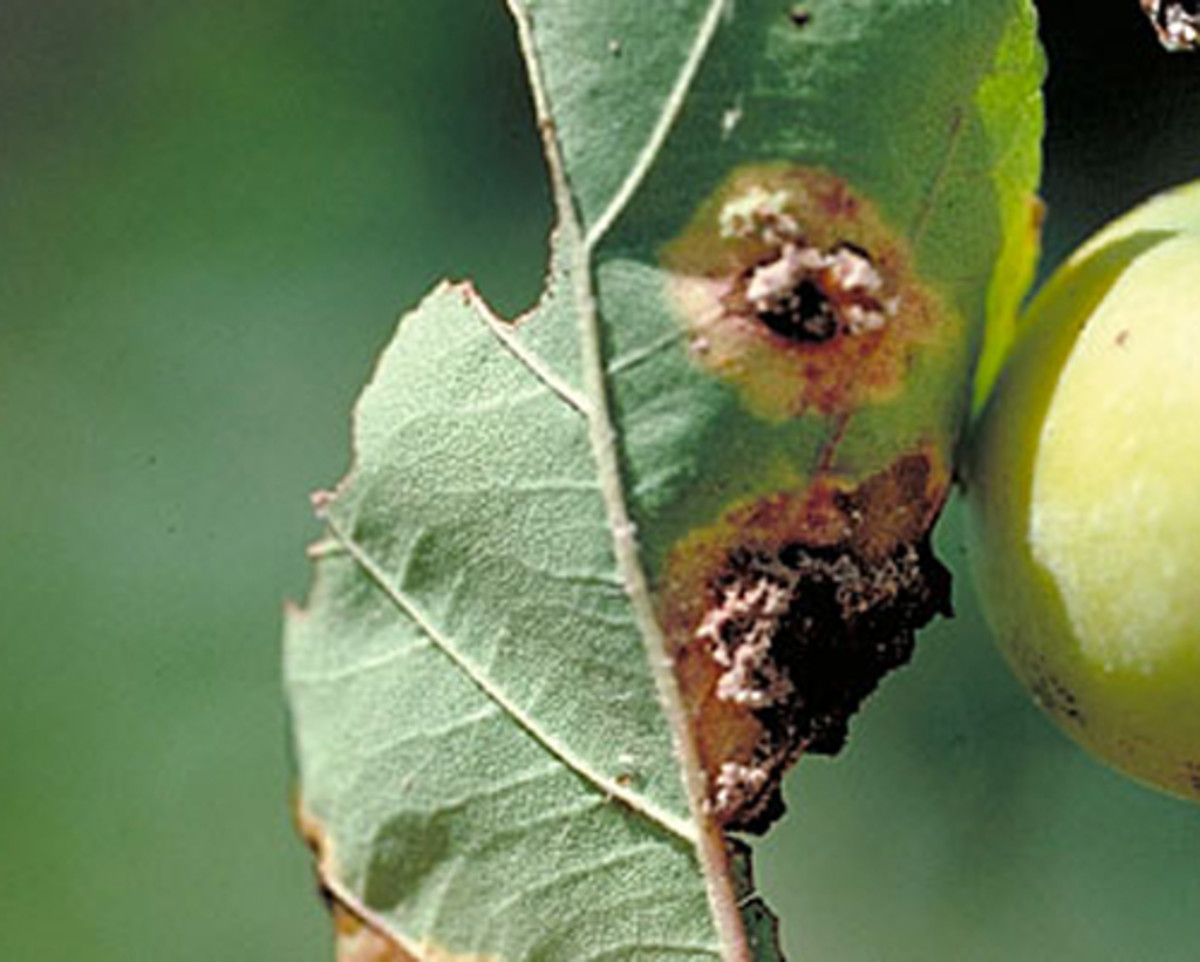With their profusion of fragrant spring blooms and brilliant fall fruits, crab apple trees are prized ornamental additions to landscapes across North America. However, these beautiful trees can encounter problems. From diseases to pests to environmental stresses, various issues can threaten the health and appearance of crab apples.
Understanding the most frequent crab apple tree problems along with their solutions empowers you to take action and restore your tree’s splendor. This article explores some of the key concerns and proven techniques to resolve them.
Fungal Diseases of Crab Apple Trees
Several fungal infections routinely impact crab apples grown in home landscapes. These include:
-
Apple Scab – Causes olive-green velvety spots on leaves that turn yellow and drop. Fruits develop rough, dark spots Control with sanitation, airflow improvements, and fungicides
-
Cedar-Apple Rust – Leaves get yellow-orange spots, fruits develop similar spots. Remove nearby cedars, apply fungicide at bloom.
-
Fire Blight – Leaves/flowers suddenly blacken and appear scorched. Prune out infected branches avoid heavy fertilization, apply bactericide sprays.
-
Powdery Mildew – White fungal coating on leaves, shoots, and fruits that can stunt growth. Improve air flow and apply fungicides.
The key to combating fungal diseases is prevention through sanitation, pruning for open structure, avoiding excess nitrogen, smart watering, and early fungicide applications if needed. Quickly removing diseased branches limits the spread.
Pest Problems in Crab Apples
Common insect pests of crab apple trees include:
-
Aphids – Cause distorted growth, deposits of honeydew. Use insecticidal soaps/horticultural oils or other insecticides.
-
Codling Moth – Larvae burrow into fruits making them inedible. Use pheromone traps, nematodes, or insecticides for control.
-
Japanese Beetles – Skeletonize leaves between veins leaving “lacy” appearance. Favor stressed trees. Manage with traps, nematodes, or insecticides.
-
Mites – Microscopic pests that cause stippling or bronzing of leaves. Wash off with hose or use insecticidal soap/horticultural oil.
Vigilance in checking for pests and addressing infestations before they escalate is key. Integrated pest management utilizing multiple tactics minimizes reliance on pesticides.
Environmental Stresses
Crab apple trees prefer consistent moisture and can suffer under:
-
Drought – Leads to scorched, browning leaves and branch dieback. Water thoroughly during dry periods.
-
Overwatering – Causes root rot, yellowing leaves, slow growth. Allow soil to partially dry between waterings.
-
Insufficient Light – Poor flowering and fruiting, sparse growth. Ensure full sun exposure.
-
Poor Drainage – Root rot and slow growth. Plant in well-draining soil, improve drainage.
-
Extreme Temps – Heat/cold stress causes leaf scorch, dieback. Protect trunk, provide ample water.
Modifying the tree’s environment to meet its needs is key to preventing stress-related issues.
Other Crab Apple Tree Concerns
Additional problems sometimes seen in crab apples include:
-
Poor Pollination – Lack of fruit. Ensure multiple crab apples are nearby to promote cross-pollination.
-
Nutrient Deficiencies – Yellowing leaves, stunted growth. Fertilize in spring being careful not to overdo nitrogen.
-
Bacterial Canker – Sunken areas on branches/trunk that ooze. Prune out infected wood, sterilize tools.
-
Root Damage – Cutting surface roots during digging or construction. Avoid root damage via tunneling or trenching.
-
Animal/Lawnmower Damage – Chewed bark, broken branches. Use fencing/cages to protect trees from deer, rodents, lawn equipment.
-
Sunscald – Bark damage on sunny side. Wrap trunks of young trees.
Familiarizing yourself with all the various problems that may arise better equips you to properly care for your crab apple tree and resolve any issues promptly.
Best Practices to Avoid Crab Apple Tree Issues
Prevention is the best medicine when it comes to avoiding problems with crab apples. Here are some key tips:
-
Select disease-resistant varieties suitable for your growing zone.
-
Ensure the tree receives full sunlight and has well-draining soil.
-
Water thoroughly but avoid over-watering that stresses roots.
-
Use mulch and fertilize appropriately to nurture the tree.
-
Prune judiciously for good structure, air flow, and growth management.
-
Monitor regularly for early signs of pests or diseases.
-
Remove fallen leaves/debris/diseased wood to limit disease spread.
-
Employ integrated pest management practices rather than over-relying on pesticides.
-
Protect trees from lawn damage, animals, weather extremes with preventative measures.
-
Address issues promptly when they arise to limit escalation.
Healthy, thriving crab apple trees start with proper site selection, planting, and follow-up care. But even well-cared for trees may encounter problems at times over their lifespan. Staying vigilant and addressing issues early allows for prompt resolution and restored beauty. Don’t allow challenges to discourage you from growing these iconic spring bloomers and fall fruiting delights.
Q&A – My Crab Apple Tree Looks Bad
FAQ
What is the problem with crabapple trees?
What are the drawbacks to crabapple trees?
What does a diseased crabapple tree look like?
How to tell if a crabapple tree is dying?
- A Complete Guide to Caring for Yuki Cherry Blossom Shrub - January 23, 2025
- Identifying Red Hot Poker Seeds: What to Look For When Harvesting Torch Lily Pods - January 23, 2025
- A Complete Guide to Harvesting Evening Primrose Seeds - January 23, 2025

